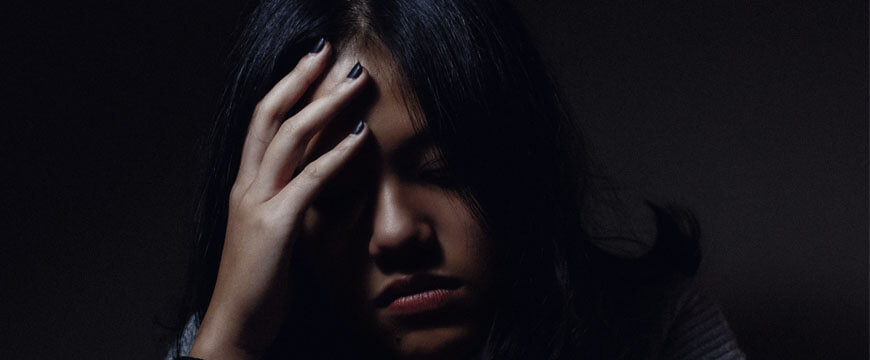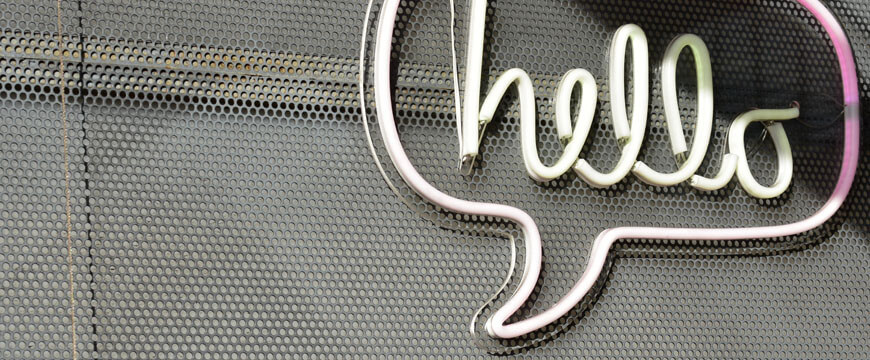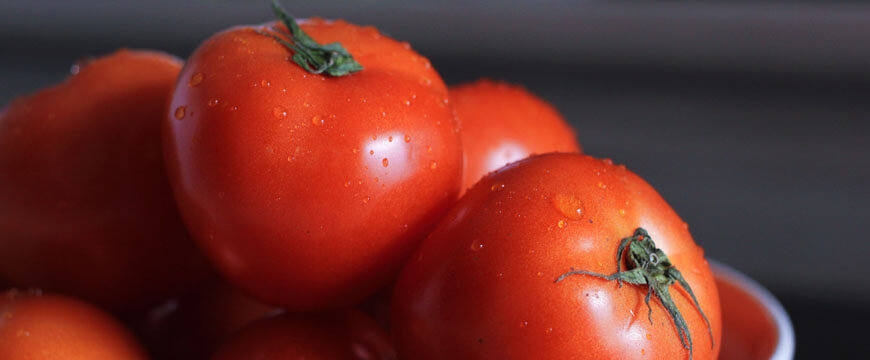Welcome to Matrix Education
To ensure we are showing you the most relevant content, please select your location below.
Select a year to see courses
Learn online or on-campus during the term or school holidays
Learn online or on-campus during the term or school holidays
Learn online or on-campus during the term or school holidays
Learn online or on-campus during the term or school holidays
Learn online or on-campus during the term or school holidays
Learn online or on-campus during the term or school holidays
Learn online or on-campus during the term or school holidays
Get HSC exam ready in just a week
Select a year to see available courses
Science guides to help you get ahead
Science guides to help you get ahead

Guide Chapters
Unsure of how to write creative responses in Year 9? Don’t fear! We will go through different types of creative writing, things markers are looking for and a step-by-step process of how to write creative responses.
Creative writing in High School is about demonstrating your understanding of the techniques that you have studied.
In High School, most of your assessments require you to analyse texts, including novels and short stories.
This means that you should already have a good understanding of their structure, figurative language and how they convey meaning.
So, when you are asked to write a creative piece in Year 9, you are being assessed on your ability to put your knowledge into practice!
In Year 9, you can be asked to write 2 types of creative pieces: creative writing and creative re-imaginings.
Let’s see what they are.
Creative writing is a fictional piece of writing.
This is NESA‘s definition of imaginative texts:
Keep these dot points in mind when you write creative responses in Year 9. Focusing on these areas will help you build strong creatives.

According to NESA, creative re-imagining is a re-interpretation an existing piece of literature.
You may have come across some of these in your English classes or on the internet!
Here are some notable examples:
So, why do people re-imagine existing literature?
While some values and circumstances can change with the times, other qualities of being human remain the same.
Literature always reflects the context that it is composed in.
This includes the composer’s personal, social, historical, economical and political contexts.
However, times are always changing. This means that hot topic issues and widely accepted perspectives are also changing.
For example, climate change is a relatively recent phenomenon. You wouldn’t find Shakespeare commenting on this issue.
But remember, many things in our society stay constant. These are usually elements of the human experience or deeply ingrained social issues.
For example, human’s thirst for power or the expectations of men and women during different places and times (eg. patriarchal values).
So, when composer’s re-imagine texts, they force audiences to compare the two contexts.
We notice similarities and differences by identifying what the composer kept and changed.
When you write creative re-imaginings, keep this point in mind!
When you write creative responses in Year 9, there are some things that you need to keep in mind.
Let’s see what they are:
No one wants to read about a basic, cliche, stock-character.
So, when you write creative responses in Year 9, you need to make them complex.
They have flaws, motivations, and even mixed intentions. Basically, they are realistic.
So, how do we create complex characters when we write creative responses in Year 9?
You need to build a strong understanding of your character.
Some basic points that you MUST know are:
These are some points that you SHOULD know to make your characters more complex:
However, even though you know your character well, you don’t need to share everything with the reader.
Don’t mention all of this information when you write creative responses in Year 9.
Only bring them up what is necessary to your plot.
When you create complex characters, you give them space to grow and change. They can ‘fix their flaws’ as the story continues.
This is your character arc!
It is important that your characters are always changing and growing. No one wants to read about a character who stays the same for the whole story.

When you write creative responses in Year 9, you need to have an interesting and original plot to get good marks.
Here are some tips:
When there is a complication, there is a goal… whether it is defeating the dark lord, or dating the new boy or girl.
Having a complication will make your plot more entertaining and meaningful.
Cliches are unoriginal, over-used, and predictable ideas and phrases.
Using cliches when you write creative responses in Year 9, will make your stories seem lazy and lack creativity.

Setting provides the backdrop to your creative responses. This is where all the events occur and what shapes your characters. Settings are more important than you think!
So, it is important that you pick the right setting when you write creative responses in Year 9.
Here are are some tips:
Different moods and atmospheres will shape the reader’s expectations about your stories. These can be created through your setting.
For example, an empty forest at night will have a spooky atmosphere. Readers assume that something bad is going to happen and feel the tension.
On the other hand, a bright, sunny beach gives off a happy and exciting vibe. Readers will feel cheered by this.
Select your settings carefully because they will help you create meaning.
You need to make sure that your facts are accurate when you choose to use a real-life setting or historic period.
Your characters can’t use phones in Ancient Egypt, because phones didn’t exist at that time! Unless your story is about time travel…
People don’t want to read a story that has their facts mixed up (things out of time are called “anachronisms”). It will draw their attention away from the plot, and focus on the inaccurate facts.
Incongruities and plot holes draw people out of the story.
So, make sure that you research enough about the context you want to use. Even if it is set today.

Dialogue is the element that students struggle with most.
Some student misuse dialogue. Other’s punctuate them incorrectly. And some don’t use them at all because they’re too scared.
But using dialogue when you write creative responses in Year 9 shouldn’t be hard!
Let’s see how we can change that:
Too often, students write dialogue that don’t serve any purpose. Like, “Hi! How are you doing” or “I’m good thanks!”.
However, you need to remember that stories are not a minute-to-minute recount of someone’s day. Instead, stories are meant to be concise and effective.
Everything has to serve a purpose. It either advances the plot or develops characterisation.
Dialogue works in the same way. Don’t include filler sentences. They take up word space, and they don’t serve a purpose.
Only write what is necessary.
In Year 9, many students still misuse punctuation when they write dialogue.
One important rule to remember is the hamburger rule.
Basically, this is a good way to remember that all punctuation goes INSIDE the speech marks.
Here are some CORRECT examples:
“I want to eat a hamburger,” John said.
“Do you want to eat something? I’m feeling like a hamburger.”
“I’m hungry,” John said as he stood up, “Let’s eat hamburgers!”
Here are some INCORRECT examples:
“I want to eat a hamburger”, John said.
“Do you want to eat something?” “I’m feeling like a hamburger”
“I’m hungry”, John said as he stood up. “Let’s eat hamburgers!”
Do you notice the differences?
If you want to learn more about grammar rules, read our essential guide to English grammar.

It is important that you are consistently improving your writing as you progress through High School.
One way to do this is by using figurative devices when you write creative responses in Year 9.
Why do we need to use figurative language?
Well, you would have heard about “show, don’t tell“, before. Figurative language helps you achieve this.
Essentially, when you are telling, you are simply stating what happened.
Eg. Sally was embarassed.
However, when you show what happened, you are painting a picture for your readers. They need to take in the information and deduce what is happening.
Eg. Sally’s face turned as red as a tomato.
Notice the difference?
Basically, figurative language is an advanced way of showing what is happening.
Think, metaphors, symbolism, personification etc.
They all convey meaning in a much more memorable and effective way than telling. This is because readers take more meaning away when they have to do the work themselves and infer things.
Click HERE to see a list of literary techniques that you can use when you write creative responses in Year 9.

So, now that you know what the markers are expecting, let’s see how we can put all of it together.
We will go through a step-by-step process to write creative responses in Year 9.
It is crucial that you plan because it actually saves you time when you write!
You don’t need to stop and think about what’s happening next in your story. You just write!
To plan, you need to:
1. Brainstorm
You need to carefully read the question, stimulus and/or prompt.
Identify any keywords and important ideas that you need to address.
Now, write down everything you can think of about these ideas; plots, characters, settings, messages and so much more!
Even if you think the idea is bad, jot it down anyway.
The point of brainstorming is just to get the ball rolling in your mind.
However, remember to set yourself a time limit!
Give yourself a few minutes to brainstorm. You don’t want to get too caught up in this step. There’s still a lot to do.
2. Sort
Now you need to decide which ideas you want to write about.
To do this, ask yourself to questions:
If you answer yes to both, then it is a possible story idea!
3. Scaffold
Now that know what you want to write, you need to figure out the fine details.
You need to scaffold a rough outline of your plot too! Read the next section to see how.
Also, you can read this article to learn HOW TO WRITE NOTES.

When you write creative responses in Year 9, you need to make sure that it follows the three-act structure.
This ensures that your story progresses and is interesting to read.
So, what is the three-act structure?
When you write your story plan, make sure you know the rough events for each section. This will ensure that you have a progressive creative response.
It is important that you think about characterisation in your planning stage.
We already went through what characterisation is and how to do it. But, here’s a quick reminder:
Characterisation is the creation of a 3-dimensional, complex character and their growth throughout the story.
You can refresh your knowledge about characterisation in detail above.

How your story begins is very important. Opening-hooks are basically the first thing your reader reads.
Usually, it is the deciding factor between someone keeping the book opened and closing it.
Read this:
“One sunny day, Jamie woke up and got out of bed. He quickly brushed his teeth, changed into his suit, and ran downstairs.”
Now read this:
“Hurry up!”
Jamie’s eyes shot open. There was no need to look at the clock. Jamie knew he was late for his interview.
Which one is more interesting to read?
You see, your opening-hook is very important. It has to ‘hook’ the reader’s attention and ‘reel’ them in.
So, how do you write great opening hooks?
Start with:
These opening will create suspense and spark curiosity to keep your reader wanting to know more.
When you write creative responses in Year 9, expect to have numerous drafts.
You should be constantly drafting, redrafting and editing your work to produce the best possible creative.
Drafting
Drafting is putting your ideas into words and simply writing!
Drafts are meant to be imperfect.
Your aim is to get your ideas on paper, not write perfect sentences.
To draft, you need to:
Editing
Editing is basically reading over your creative responses and fixing it to make it better.
To edit, you need to:
Yes, drafting and editing is a lengthy process… Sometimes, you might even end up with 5 different drafts.
But is worth the time and effort.

Many students don’t ask for feedback because they don’t see the importance of feedback, or they don’t know who to ask.
Feedback is very important because it will help you:
Most people have some bad writing habits that they never notice. Feedback will help you identify these, so you can fix them.
When you get feedback, you build good writing habits. You begin to identify your mistakes and continually edit your work.
When you put so much effort and time in your writing, you will struggle to critique it. So, getting feedback will show you a different perspective of your writing. Then, you can go back and edit or keep things.
After numerous feedback and editing sessions, your final creative will be very strong.

So, to get feedback, you should:
This can be your school or Matrix teachers, classmates, or even your parents. Remember, there is no point asking someone who can’t give you constructive feedback because it will just confuse you more. So, be selective in who you choose.
It’s always a good idea to get a second, third, and even fourth opinion. Different people will have different critiques.
Don’t just hand your essay and ask for feedback. Tell your readers what you expect from them. Does the story makes sense? Are there any grammatical errors? Be specific.
There is no point in getting feedback if you are not incorporating it in your writing. However, also be selective about what you want to fix. Not all feedback are good.
After a long process of planning, researching, drafting, editing, and more editing, you will have your final creative writing piece.
Remember, you can’t keep editing forever and ever.
You need to know when to sit down and be satisfied with your writing.
Be proud of what you produced.
© Matrix Education and www.matrix.edu.au, 2023. Unauthorised use and/or duplication of this material without express and written permission from this site’s author and/or owner is strictly prohibited. Excerpts and links may be used, provided that full and clear credit is given to Matrix Education and www.matrix.edu.au with appropriate and specific direction to the original content.